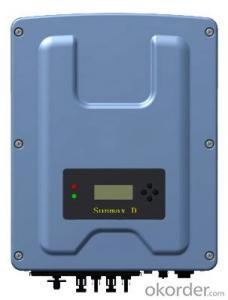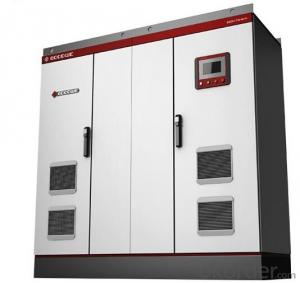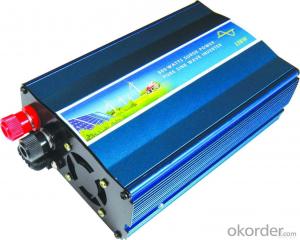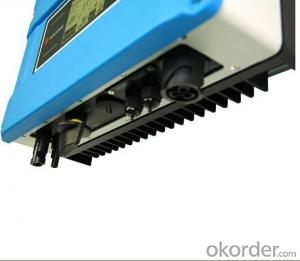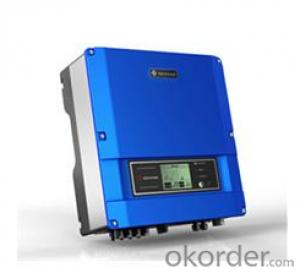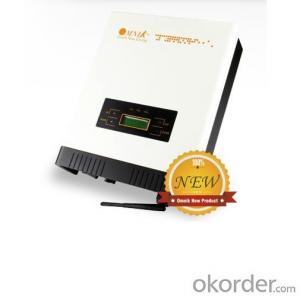On Grid Solar Inverter
On Grid Solar Inverter Related Searches
On Grid Inverter Solar On Grid Solar Power Inverter On Grid Solar System Inverter On Grid Hybrid Solar Inverter On Off Grid Solar Inverter Solar Hybrid Inverter On Grid Hybrid Solar Inverter On Grid Solar Inverter On/Off Grid Inverter Solar Off Grid Off Grid Inverter Solar Best On Grid Solar Inverter On Grid Solar Inverter Price Off Grid Solar System Inverter 1kw On Grid Solar Inverter Off Grid Solar Power Inverter Solar Off Grid Inverter Inverter For Off Grid Solar Solar Inverter Off Grid Off Grid Hybrid Solar Inverter Best Solar On Grid Inverter On-Grid Hybrid Solar Inverter Off Grid Solar Hybrid Inverter Solar Grid Inverter 6kw On Grid Solar Inverter Off Grid Solar Inverter System 4kw On Grid Solar Inverter Solar Power Inverter Off Grid Cheap Off Grid Solar Inverter Hybrid Solar Inverter Off Grid 5kw On Grid Solar InverterOn Grid Solar Inverter Supplier & Manufacturer from China
On Grid Solar Inverters are essential components in solar energy systems, converting the direct current (DC) generated by solar panels into alternating current (AC) that can be fed into the power grid. These inverters play a crucial role in ensuring that the solar power generated is compatible with the grid and can be used efficiently. They are designed to optimize energy output and reduce power loss, making them a vital part of any solar power installation.The application and usage scenarios of On Grid Solar Inverters are diverse, ranging from residential rooftop installations to large-scale commercial and industrial solar farms. They are used in various settings where solar power generation is integrated with the existing power grid, allowing for the seamless transfer of energy. This integration enables users to draw power from the grid when solar generation is insufficient and feed excess solar power back into the grid during periods of high solar production.
Okorder.com is a leading wholesale supplier of On Grid Solar Inverters, offering a wide range of products to cater to different market needs. With a large inventory and a commitment to quality, Okorder.com ensures that customers have access to reliable and efficient solar inverters. Their extensive product line includes inverters from various reputable brands, ensuring that there is a suitable option for every solar power project, regardless of its size or specific requirements.
Hot Products









